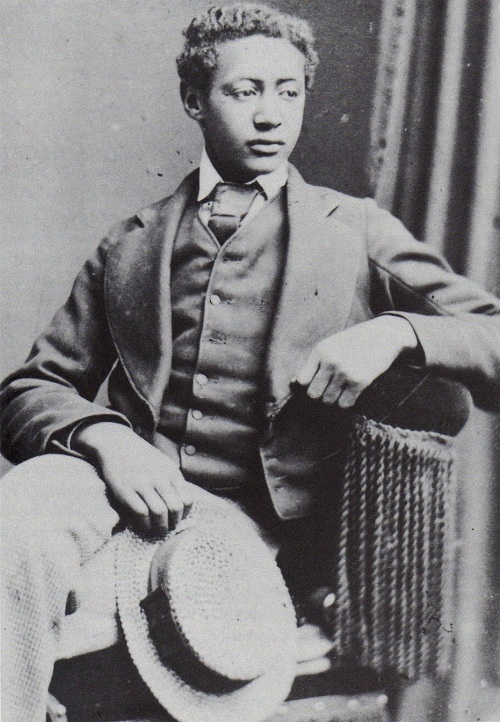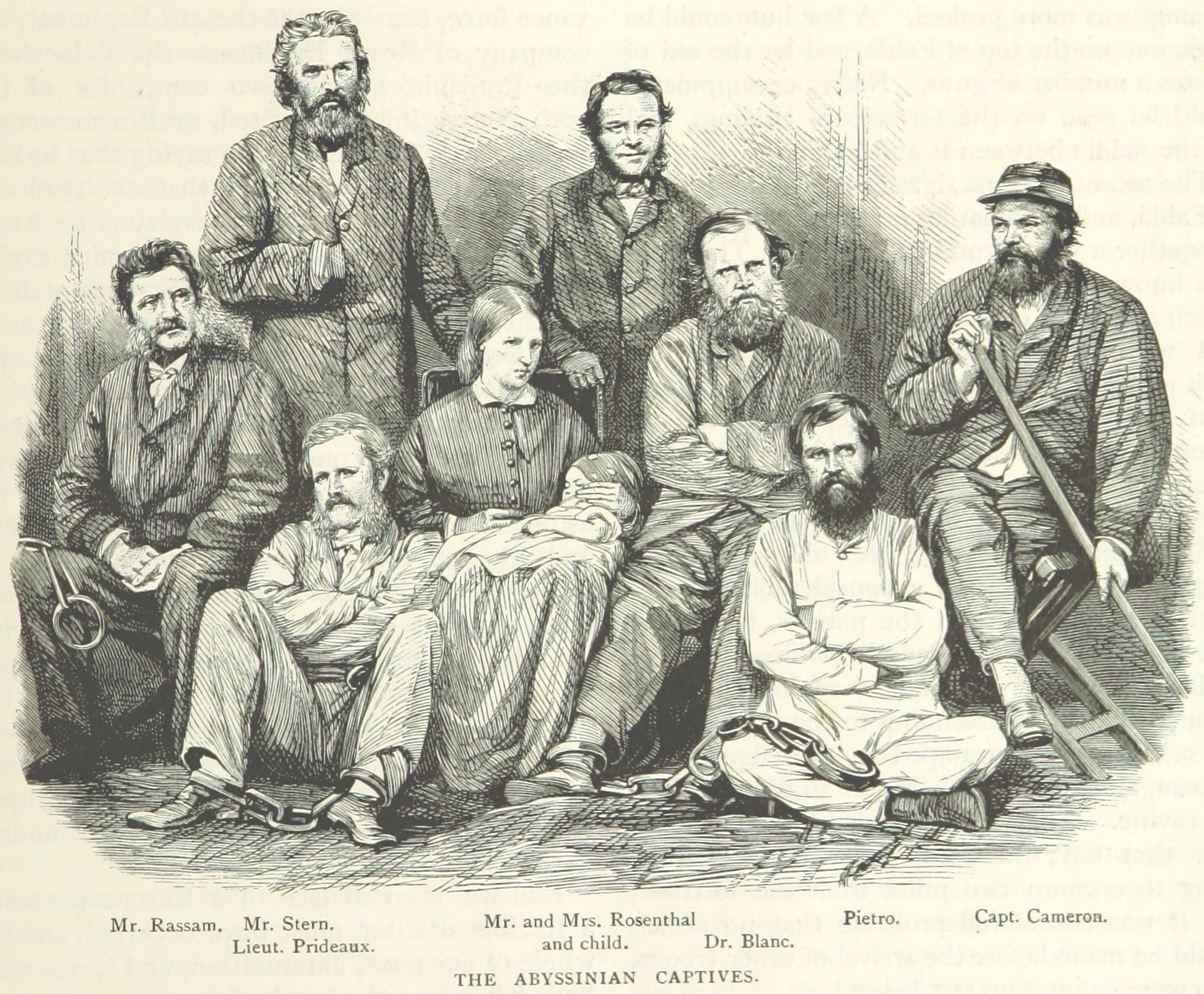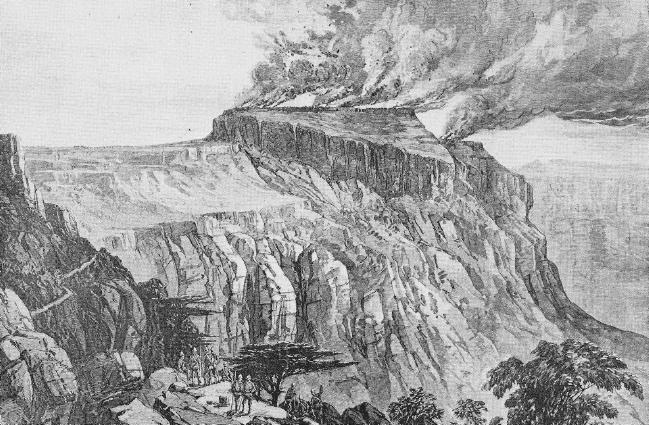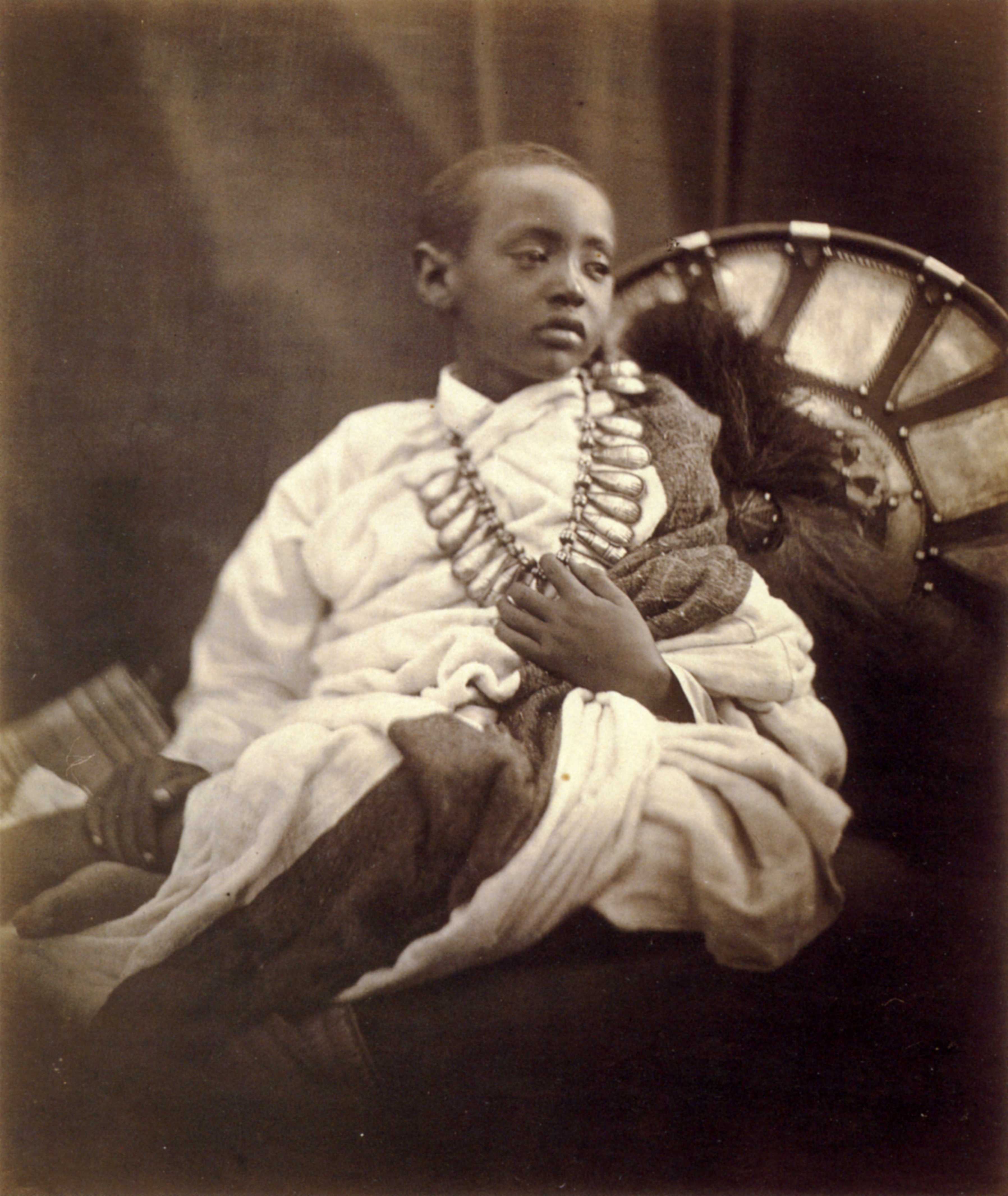Prince Alemayehu of Abyssinia
1861 -1879

Prince Alamayou in western clothes (Wikipedia)
The Son of Emperor Tewodros II of Abyssinia. In 1868 Abyssinia (now part of Ethiopia) was in revolt against the emperor’s rule. Tewodros (westernised as Theodore) asked several countries for assistance but was refused so he forced the British to intervene. He had several British missionaries and government officials imprisoned. The British Expedition to Abyssinia was launched to rescue them. General Sir Robert Napier defeated Tewodros’s forces held at a fortress in Magdala and rescued the captives. The Emperor didn’t want his family to be killed by the rebels so entrusted his son to the British. Tewodros II then killed himself.
General Napier handed the
He visited Osborne House firstly on 16 July 1868: Victoria wrote: “Heard that the Empr. Theodore’s poor little boy, whom we had been expecting since yesterday, had arrived … Little Alamayou is a very pretty, slight graceful boy of 7 with beautiful eyes & a nice nose & mouth … He can say one or two words in English. Capt. Speedy, who has brought him, says the poor boy will never leave him for a moment, & always sleeps near him. They are an extraordinary contrast, Capt. Speedy being 6ft 6″ & having red hair.”
Queen Victoria took quite a liking to him and set him up to follow the English way of life, firstly at Cheltenham College and Rugby School followed by Sandhurst Military Academy. The prince was, quite understandably, lonely and unhappy. He died in 1879, aged 18, from pleurisy and was buried at Windsor near to the Royal
On his death the Queen wrote “Very grieved & shocked to hear by telegram, that good Alamayou had passed away this morning. It is too sad! All alone, in a strange country, without a single person or relative belonging to him.”
A bronze bust of him by Francis John Williamson stands in the Durbar Corridor of Osborne House.

The Abyssinian captives (Wikipedia)

The fortress of Magdala burning after the British forces defeated Tewodros (Wikipedia)

The Prince photographed by Julia Margaret Cameron in 1868. (Wikipedia)
Downhill to next
Uphill to next
Funded by the
